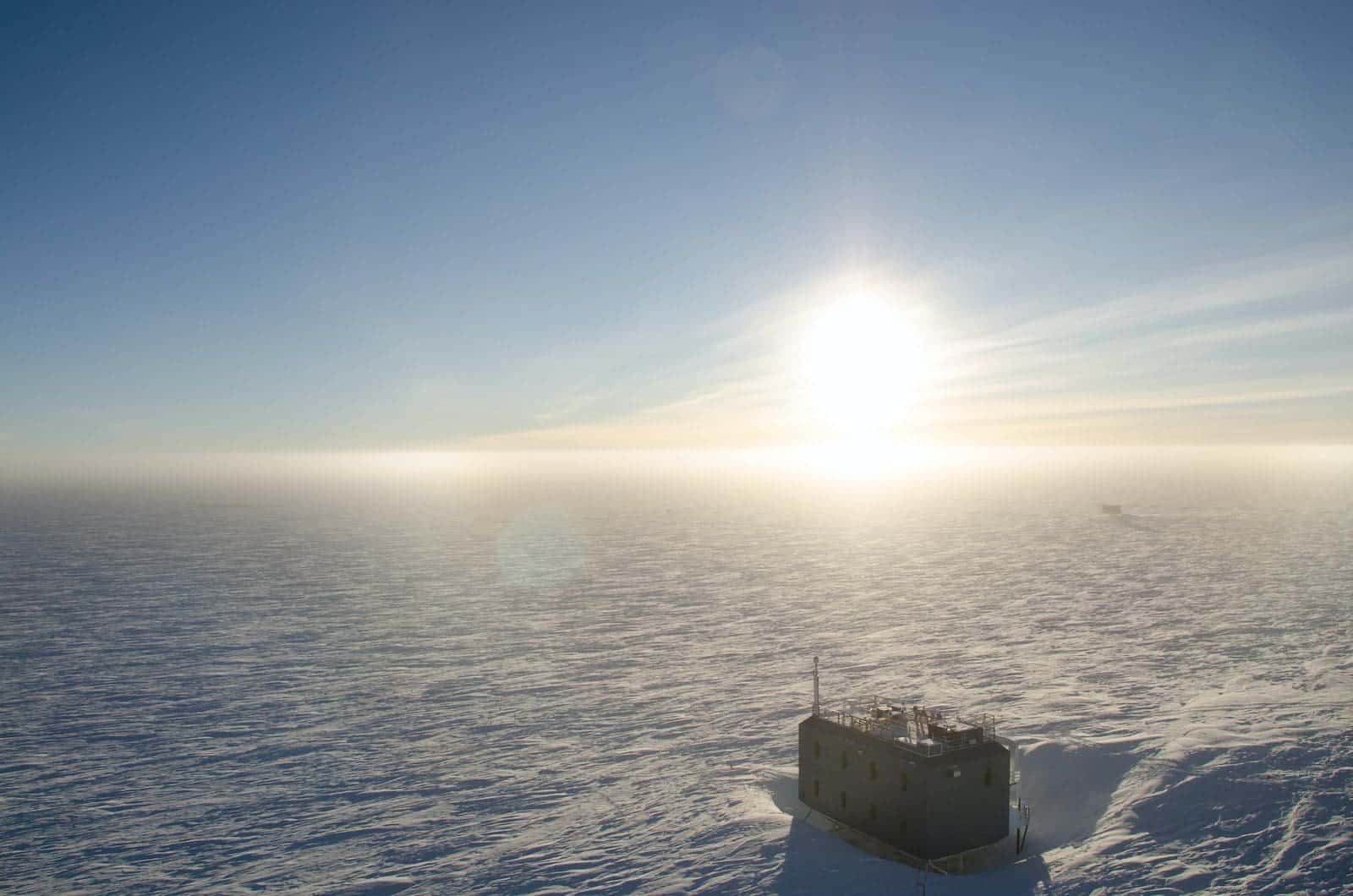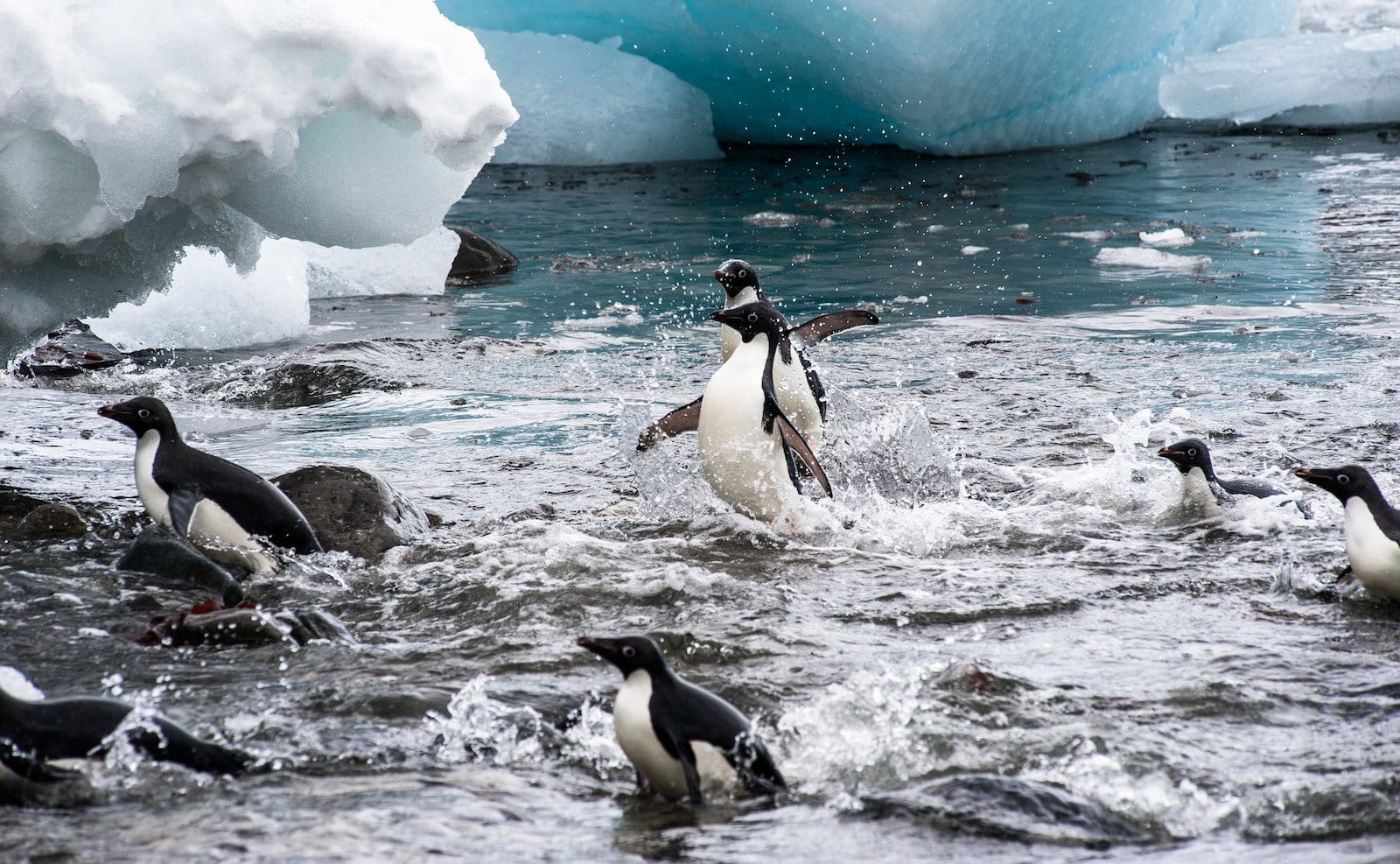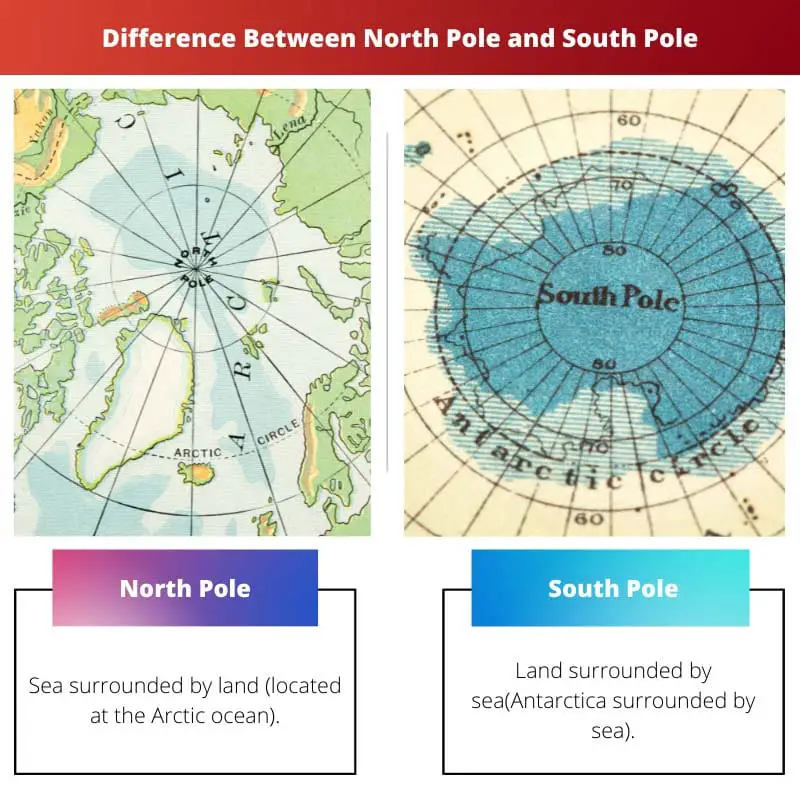The North Pole and the South Pole are the northernmost and southernmost points of the earth, respectively. They are the only 2 points where the earth’s axis meets its surface. All lines of longitude meet at both the north and south pole.
Key Takeaways
- The North Pole is in the Arctic Ocean, while the South Pole is on the Antarctic continent.
- The North Pole experiences milder temperatures due to the ocean beneath the ice, while the South Pole has a colder, drier climate.
- The North Pole has no landmass beneath the ice, whereas the South Pole is on the continent of Antarctica.
North Pole vs South Pole
The North Pole is one end of Earth’s axis located in the Arctic Ocean. The South Pole is the other end of Earth’s axis that is located in Antarctica. The North Pole is colder than the South Pole and is covered by ice floating on the ocean. The South Pole is located on an ice-covered land mass.

The location of the north pole is at the Arctic Ocean, at the centre of the northern hemisphere. All the lines of longitude and hence time zones converge at the north pole. Therefore, it doesn’t have any particular assigned time zone.
The location of the south pole is at the continent of Antarctica and the centre of the southern hemisphere. All the time zones converge at the south pole.
Therefore, it doesn’t have any particular assigned time zone. But for practical purposes, the time of New Zealand is taken as the time of the south pole.
Comparison Table
| Parameters of Comparison | North Pole | South Pole |
|---|---|---|
| Geography | Sea surrounded by land (located at the Arctic ocean) | Land surrounded by sea(Antarctica surrounded by sea) |
| Height | Up to 2m above sea level | 2,835m above sea-level |
| Day and Night | Sunrise begins just before the March equinox and, the sunset ends just after the September equinox. | Sunrise begins just after the September equinox and, sunset ends just before the March equinox. |
| Flora | It consists of plenty of tundra vegetation. | Vegetation is awfully sparse, owing to the extreme climate. |
| Fauna | Variety of land animals, marine animals, and some birds | No particular native animal inhabitant |
| Human Inhabitants | The surrounding land areas have indigenous inhabitants living there. | No records of any native human inhabitants. |
What is North Pole?
The North Pole, the northernmost point of the earth, was hard to reach owing to its harsh climate. Robert Peary is given credit for the discovery of the North Pole in 1909. Since then, many expeditions have set forth to the pole to study various phenomena to solve the mysterious aura.
The North Pole lies in the middle of an ocean. Therefore, it is not as cold as its southern counterpart, a continental landmass with an altitude exponentially higher than the north pole. The temperature ranges from +13°C to -43°C.
The north pole doesn’t have sunrises and sunsets every day. Instead, the sun rises and sets only once a year. It takes almost three months for the sun to reach its peak and again three months for the sun to set, just after the March equinox.
The North Pole and the Arctic are currently facing a lot of environmental issues. It is adversely affecting the flora, fauna, and human inhabitants in and around it.
The temperatures in the Arctic are rising as twice as fast compared to all the regions on the earth. Reducing black carbon emissions, among other things, can cool the Arctic significantly.

What is South Pole?
The south pole is a marvellous sight to see, with its sprawling white sheets of ice, glaciers, and mountains. Norway’s Roald Amundsen is given credit for discovering the south pole in 1912 after an expedition that lasted more than a year to find the southernmost end of the globe.
The South Pole is significantly colder than the North Pole. It is to the difference in altitude and the location of the South Pole.
The south pole, located in Antarctica, doesn’t have any water body near it that could potentially act as a potential heat sink, unlike its northern counterpart. The temperature in the south pole can range from -12.3°C to -62°C.
At the north pole, the sun can be seen throughout for about six months, and life goes on in the Antarctic without sunlight for another six months. But the beginning of the sunrise in the South Pole coincides with the end of the sunset in the North Pole.
Köppen’s climatic classification states that the South Pole has an ice-cap climate. The precipitation received is almost none, and it is akin to a desert in topography.

Main Differences Between North Pole and South Pole
- The north pole lies in the Arctic, which is a sea surrounded by land. But the south pole lies in the continent of Antarctica, which is a land surrounded by sea.
- The north pole is at a lower altitude of 2m above sea level, while the south pole has an extremely high altitude of 2,385m above sea level.
- The sun can be visible in the north pole from March through September, while it is visible in the south pole from September to March.
- The north pole consists of tundra vegetation with small herbs and shrubs. The vegetation in the south pole is almost nil.
- One can see a wide variety of fauna in the lands adjoining the north pole, including land animals, marine animals, and birds. But the south pole does not have any land animals.
- The areas surrounding the north pole have indigenous people residing there. The south pole has never had any native human inhabitants.





